by Moyra Davey
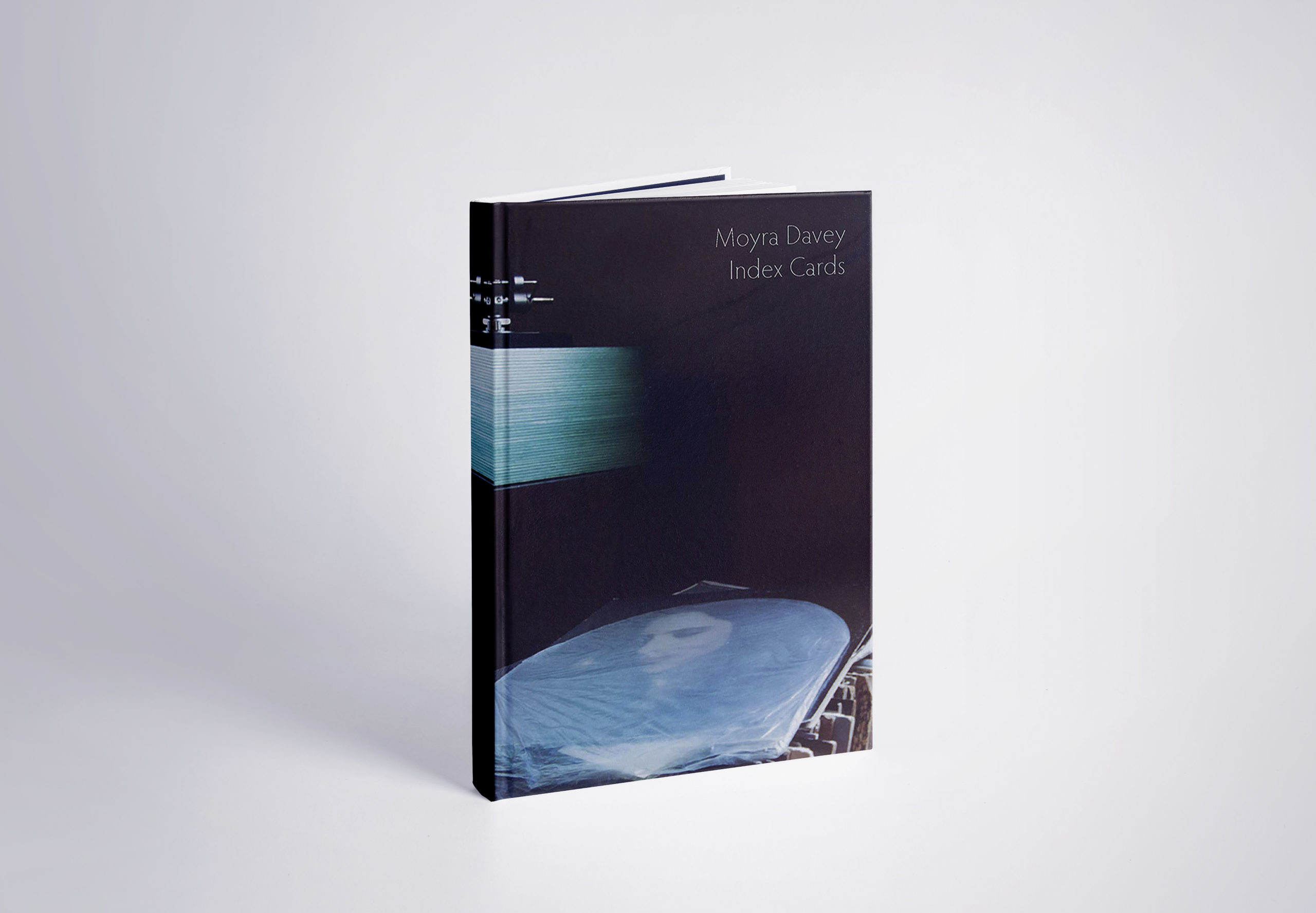
New York based artist Moyra Davey’s ‘Index Cards’ assimilate her knowledge and ideas on writing, photography and filmmaking. The personal essays layer, self-examine and reflect on the relationship between art and life. Delicately she paints herself without self-aggrandisement, even disclosing her writing and physical frailties, having been diagnosed with multiple sclerosis in 2007. Encounters begin with photographs, a passage in a book or a memory, she connects subjects to others, generating interesting but unlikely relationships until you are immersed within the texture of her thoughts. Interlacing artists and thinkers into her work, such as Virginia Woolf, Mary Wollstonecraft, Roland Barthes, she explains how she became the artist she is today.
Selected by Amiko Li
by Osamu Dazai
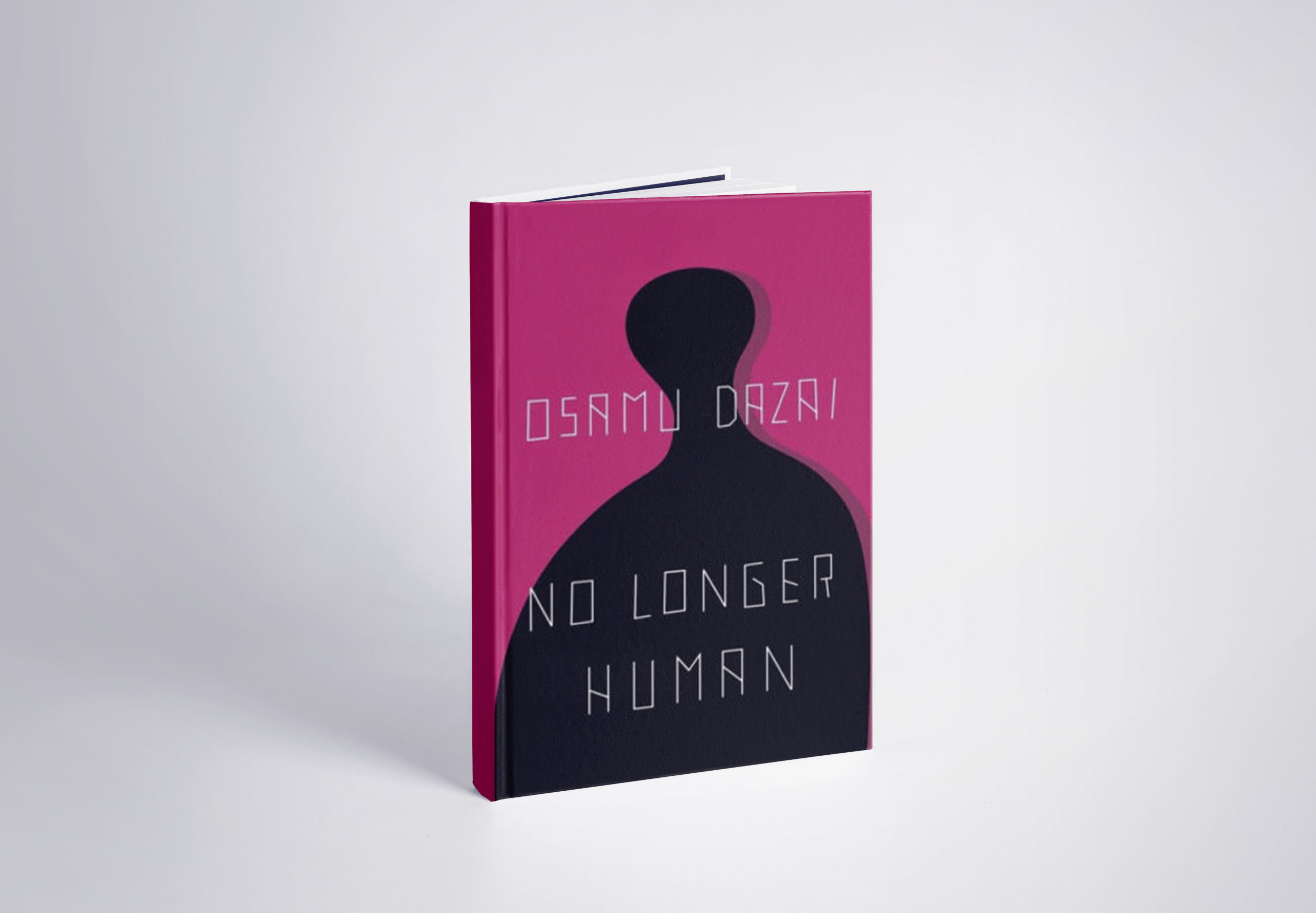
The critically acclaimed Japanese novel ‘No Longer Human’ (which literally translates in English to ‘Disqualified From Being Human’) details the struggle of Ōba Yōzō from his childhood into his late twenties. The first person narration sees the troubled Ōba struggle to fit into a society which is morally unsound, maintaining a mask of frivolity in order to fit in. The bleak novel narrates a series of events which see the protagonist encounter a series of hardships; including abuse, alienation, suicide, expulsion, addiction, debauchery and incarceration. Whilst many comment on the autobiographical element, as suicide was a recurring theme in Dazai’s work and his own eventual downfall, the focus on Ōba’s alienation within the novel is a condition very poinantly relevant to this day.
Selected by Clarice Hu
by Erich Maria Remarque
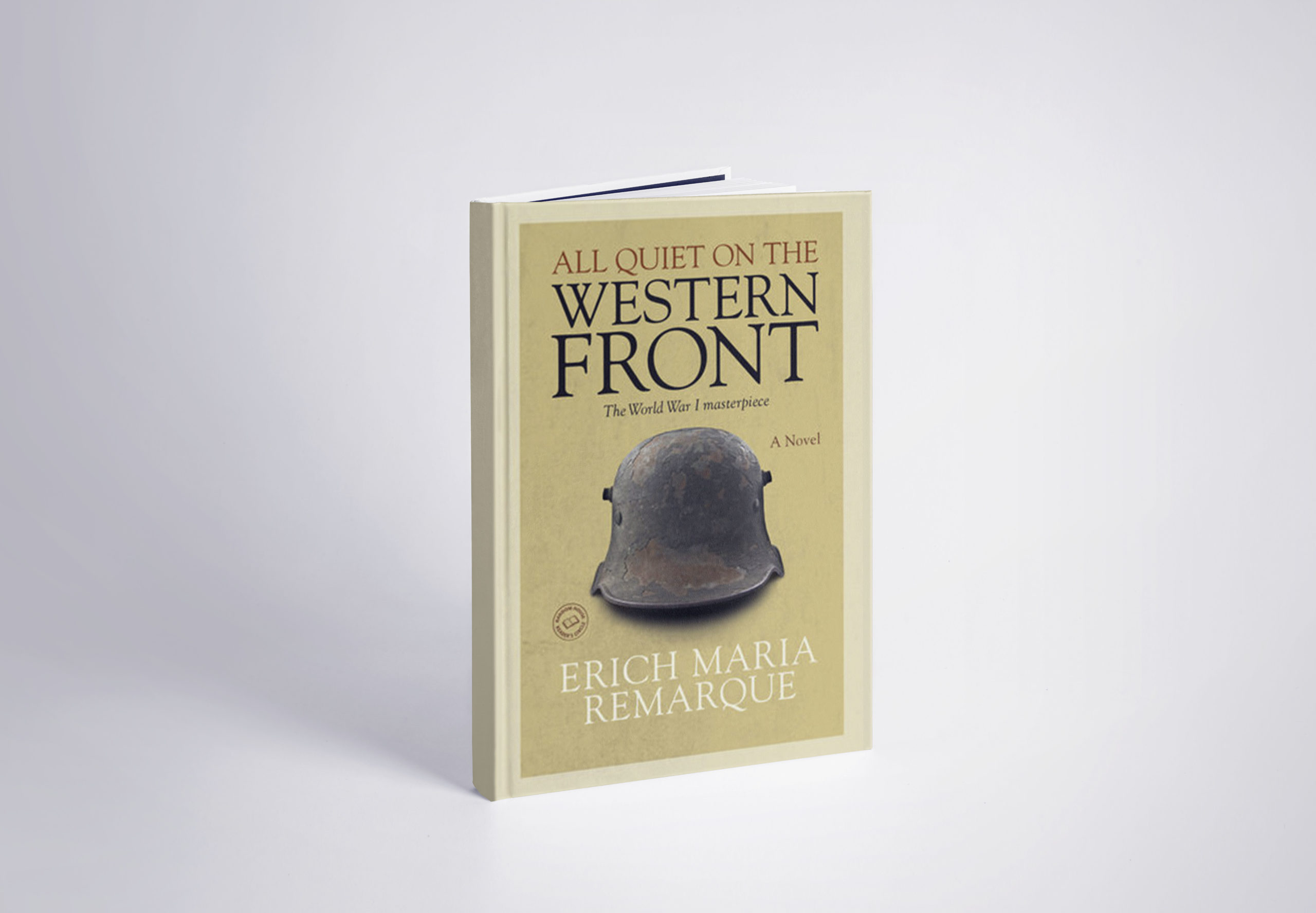
Set during the first world war, the story opens in 1914 with young idealistic German schoolboys, bursting with patriotism and eagerness to join the war. Relying on Remarque’s own experiences of the war, we follow the short military career of Paul Baumer as he signs up to join the horror and disillusionment of trench life; watching the distance between the opposing sides gradually diminish as the story progresses. The reception of Remarque’s text was polarised. In contrast to the quintessential patriotic rhetoric of the time, the book received a lot of criticism for divulging harrowingly matter-of-fact descriptions, whilst avoiding any clear stance on the war. Not only was it seen to promote pacifism, but many copies were burnt by the Nazi party as Hitler believed it painted the German army with weakness. Such graphic recordings of daily events of the war, however, still hold great resonance with readers today.
Selected by Jack Laver
by George Orwell
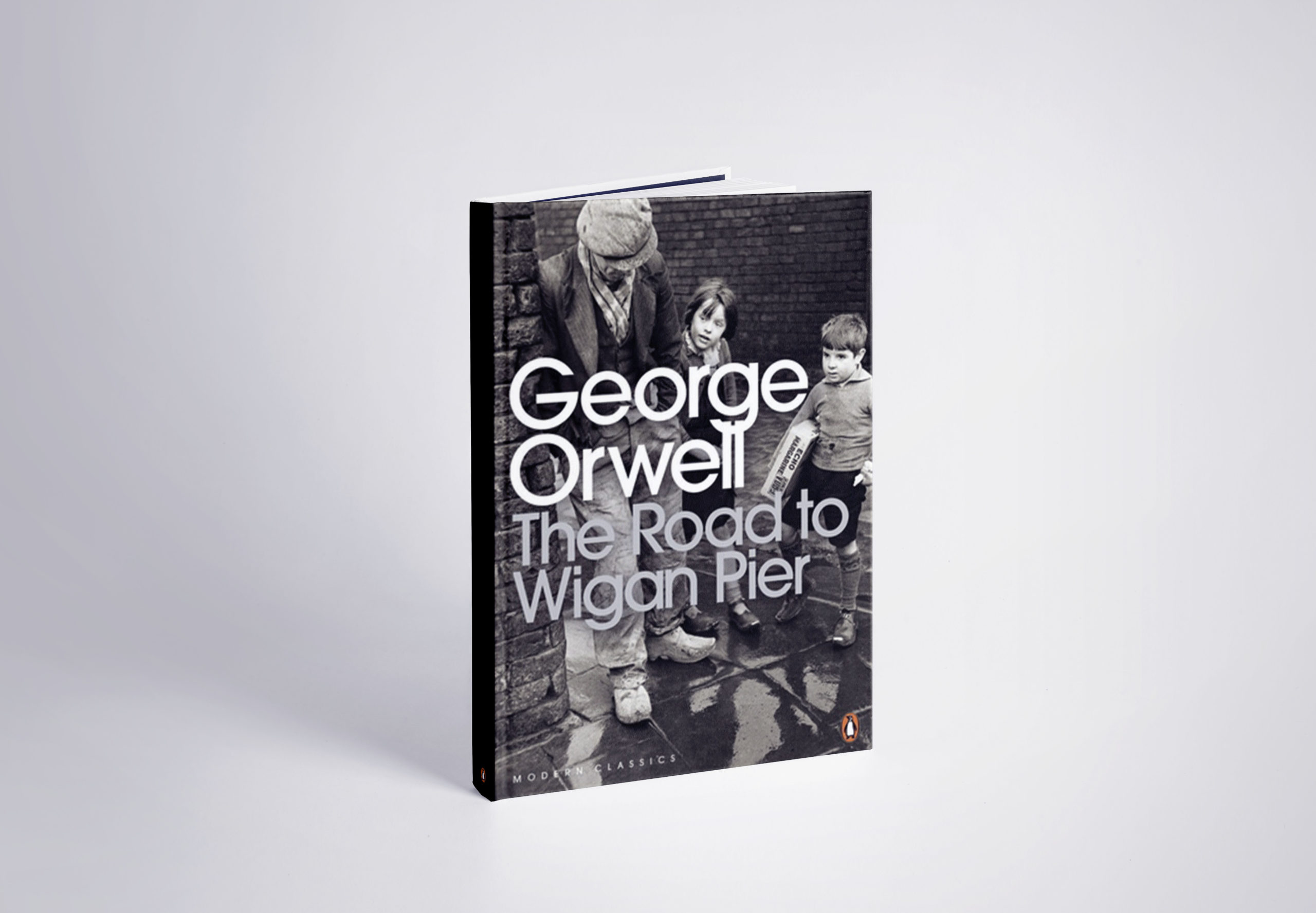
‘The Road to Wigan Pier’ is a polemical text painting the picture of a broken Britain in need of a remedy where the author offers up socialism. The first part of the book explores the hellish depiction of working-class life in the industrial heartlands of Yorkshire and Lancashire; exposing the social injustice, unemployment, hunger and the hardship of the mining towns. The second half is a long essay on Orwell’s middle class upbringing, development of political conscience, and a questioning of British attitudes towards socialism. The brilliantly bitter and bleak vision is still topical, exploring our class structures and the notorious north-south divide.
Selected by Ewan Keenan
by Jun’ichirō Tanizaki
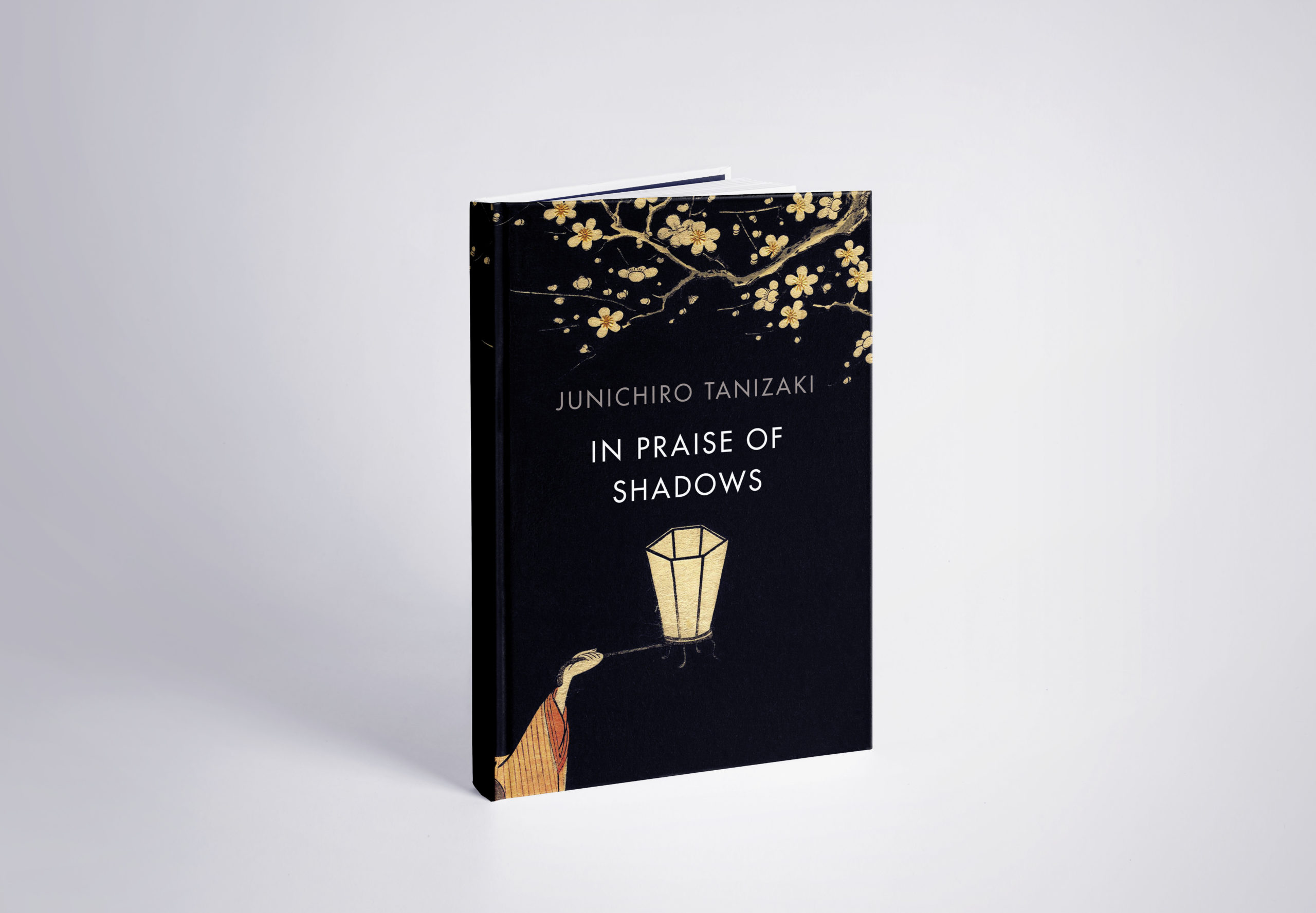
Jun’ichirō Tanizaki’s essay on aesthetics, ‘In Praise of Shadows’, explores the pleasures of everything from architecture, food, lacquerware to toilets. Praising all things delicate and nuanced, softened by shadows and age, Tanizaki encourages reflection, appreciation and mindfulness. The delightful essay offers a new way of seeing and experiencing the moment which is a contrast to the plastic, functional aesthetic of modern western life. Tanizaki teaches us to embrace the tranquility of consuming even the simplest of incidents wide awake, as the richest and most textured experiences.
Selected by Aidan Wallace
by Elisabeth Bishop
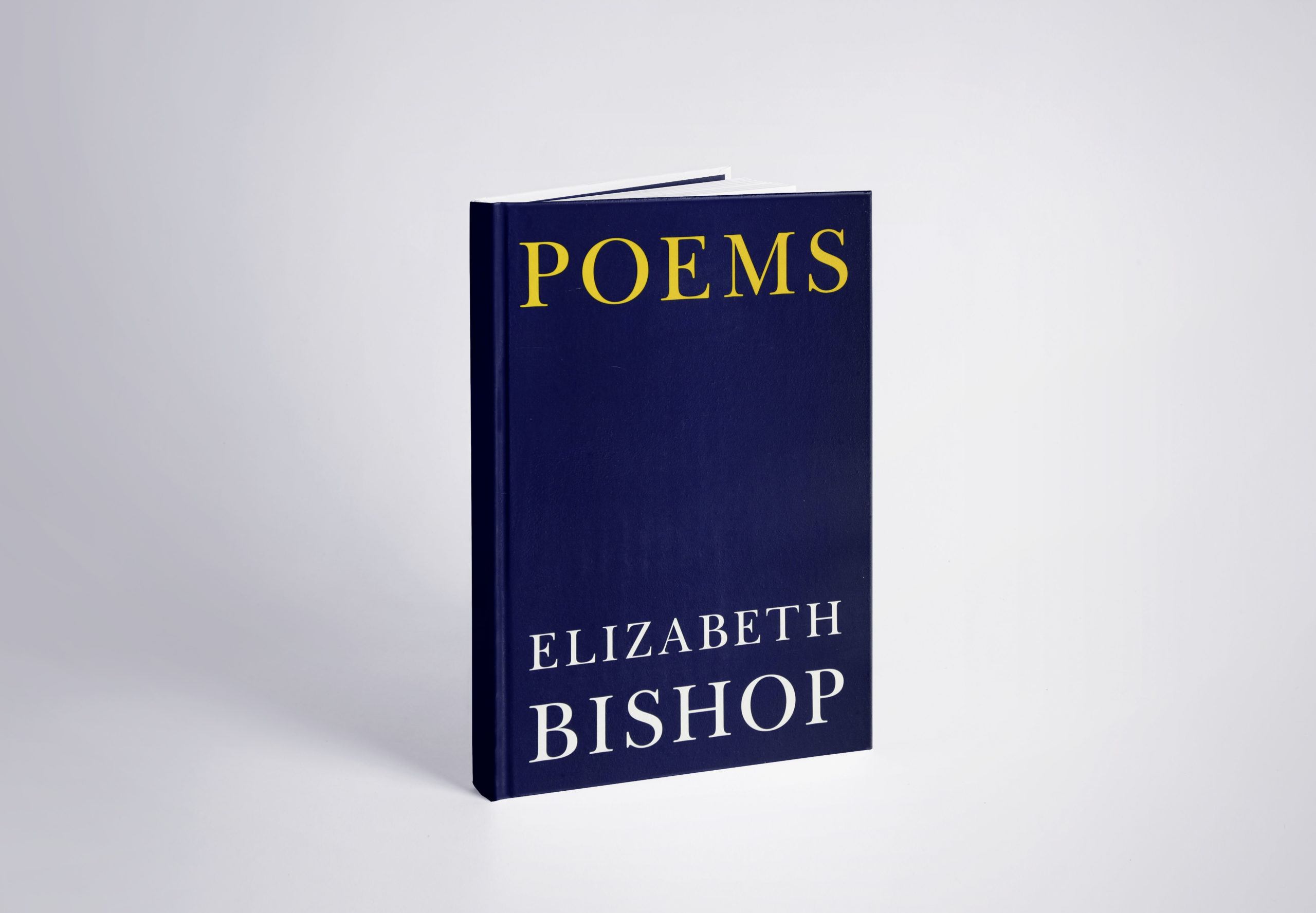
‘Poems’ catalogues one of America’s greatest poet’s lifeworks: four published volumes, her uncollected poems and more. Bishop, who gained her greatest notability after she died, was not a prolific writer. Completing only 101 poems during her lifetime, each poem was imbued with extreme precision and accuracy. Perhaps her eye as a painter as well as poet had a part to play in her ability to capture scenes with such attention to detail. Her work has been labelled as possessing poise and balance, a stark contrast to the woolly poetry prevalent during the latter half of her career. Her prevailing themes revolve around human experiences of grief, longing and the struggle to find a sense of belonging. Beginning with the expanse of landscape and geography, her works move towards the interior, exploring internal questions about love, knowledge and perception.
Selected by Nicole Della Costa
by Gabriel Garcia Marquez
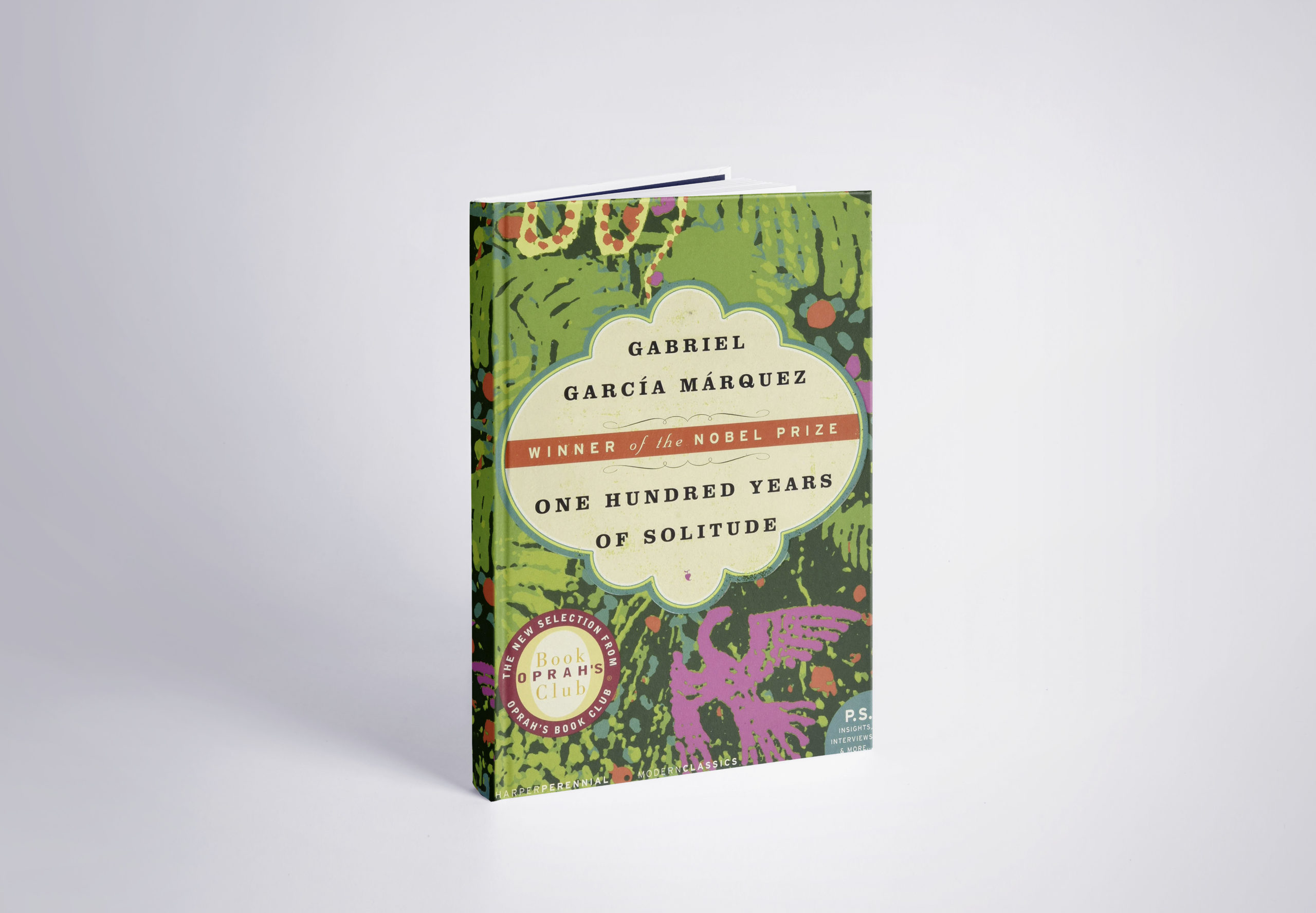
Influenced by modernism and the Cuban Vanguardia, this landmark novel tells the fictional tale of 7 generations of the Buendia family. Living in Macondo, a town they’ve built themselves, the family sustains wars, disasters and but also miracles. The text pivots around the conflict between solitude and love, vividly and tenderly celebrating humanity, whilst blending political reality with the supernatural. Pulsing with colour and life, the reader is transported into the world of “magical realism”, a new genre born out of Márquez’ daringly original work.
Selected by Attilio Esposito
by OSHO
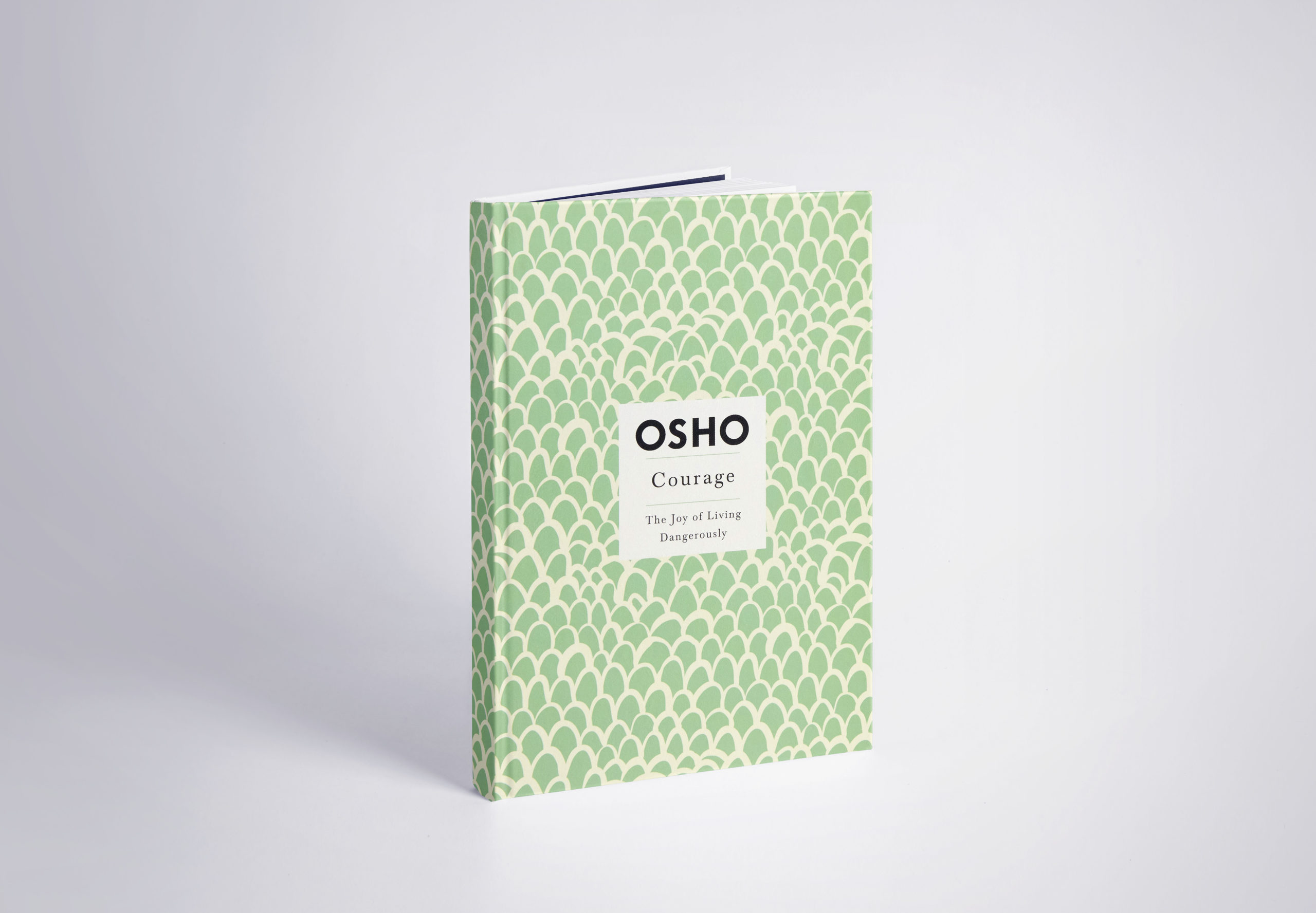
“Courage is not the absence of fear”, says Osho. “It is, rather, the total presence of fear, with the courage to face it.” At first, ‘Courage’ presents itself as the manual for the risk taker. Discussing knowledge, rationality, feeling, experience, and the essence itself of human existence, OSHO proposes a re-evaluation of the common strategies we use to face conflict. When faced with uncertainty and change, he proposes celebration. Rather than sticking to the familiar and known, he suggests we learn from change, encouraging adventure, welcoming ‘new’ in order to obtain a deeper understanding of ourselves and the world in which we find ourselves. The reader embarks on an exploration of what courage really is and how we come into contact with it during everyday life. Finding inner courage in order to lead a fulfilled and authentic life within careers, relationships and the unknown is later unravelled in OSHO’s text. ‘Courage’ is also filtered with meditative techniques especially created by OSHO to help readers deal with their fears.
Selected by Jay Harper
by Roberto Bolano
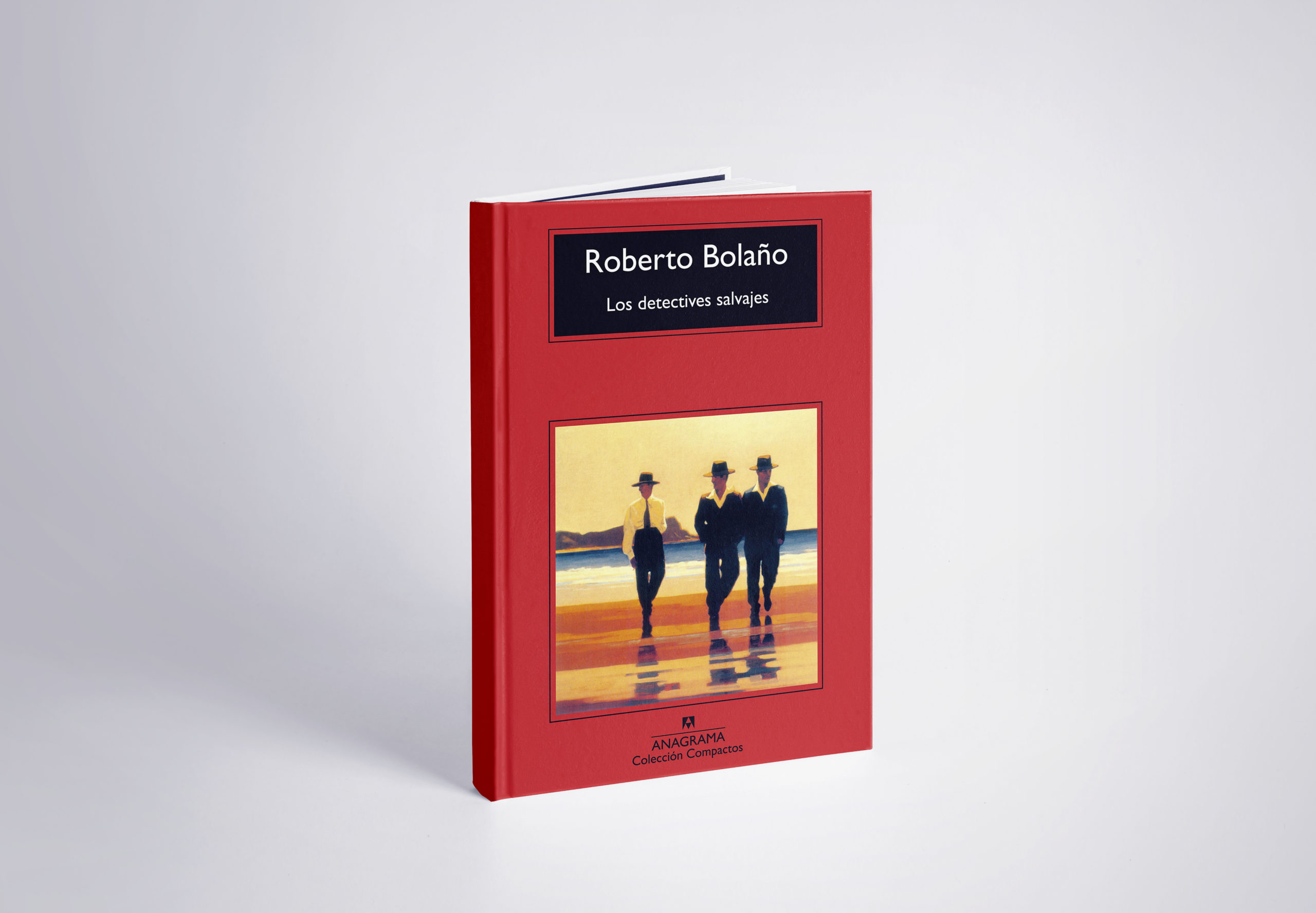
Set in Mexico city, later travelling through Central America, Europe, Israel and West Africa, ‘The Savage Detectives’ recounts the story of Arturo Belano and Ulises Lima, avant-garde founders of the visceral realist movement, in hot pursuit of obscure poet, Cesárea Tinajero. Beginning with revolutionary fervour of a violent showdown in the Sonora desert, Belano and Lima turn in flight, with a plot marked with jealousy, murder, dispair and insanity. Whilst the storyline is relatively straightforward, the narration, told through multiple viewpoints of the characters the duo encounter, is unique to the text. These voices include an architect being held in Mexico City asylum; the great-grandaughter of Leon Trotsky; the heiress to a Mexican underwear empire; a crude American student and many other critics, detractors and literary figures. The text is often coined the first great Latin American novel of the 21st century.
Selected by Jean-Vincent Simonet